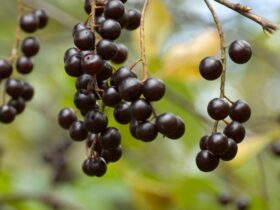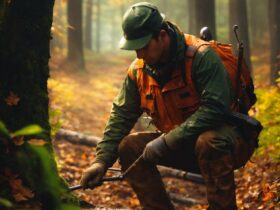When venturing out into the wilderness, it is important to be prepared for any situation that may arise, including running out of food. In a survival situation, knowing how to find and prepare edible plants can mean the difference between going hungry and sustaining yourself until help arrives. Here are some tips on how to find and prepare edible plants in the wilderness:
1. Research and educate yourself: Before heading out into the wilderness, take the time to research and familiarize yourself with the edible plants that are native to the area you will be exploring. There are many guidebooks, websites, and even apps that can help you identify edible plants and learn about their characteristics.
2. Look for common edible plants: There are some common edible plants that can be found in most wilderness areas, such as dandelions, cattails, and wild berries. Keep an eye out for these plants as you explore, as they can provide a valuable source of food.
3. Avoid toxic plants: While it is important to know how to identify edible plants, it is equally important to be able to recognize toxic plants and avoid them. Some common toxic plants that are often mistaken for edible plants include poison ivy, hemlock, and nightshade. If you are unsure about a plant, it is best to err on the side of caution and avoid consuming it.
4. Test for edibility: Before consuming any wild plant, it is important to test for edibility. This can be done by rubbing a small amount of the plant on your skin and waiting to see if there is any reaction. If there is no reaction, you can then try a small amount of the plant and wait for several hours to see if you experience any adverse effects.
5. Prepare the plants properly: Not all edible plants can be eaten raw. Some may need to be cooked, boiled, or dried before consumption in order to make them safe to eat. It is important to know how to prepare the plants you find in order to avoid any potential health risks.
6. Use caution when foraging: When foraging for edible plants in the wilderness, it is important to use caution and avoid damaging the environment. Only take what you need and avoid picking plants from areas that may be contaminated with pollutants or pesticides.
7. Consider other sources of food: While knowing how to find and prepare edible plants is a valuable skill in a survival situation, it is also important to consider other sources of food, such as hunting, fishing, or foraging for insects.
In conclusion, knowing how to find and prepare edible plants in the wilderness can be a valuable skill for any outdoor enthusiast. By educating yourself, being cautious, and practicing proper preparation techniques, you can sustain yourself with the natural resources that the wilderness has to offer.





Leave a Reply